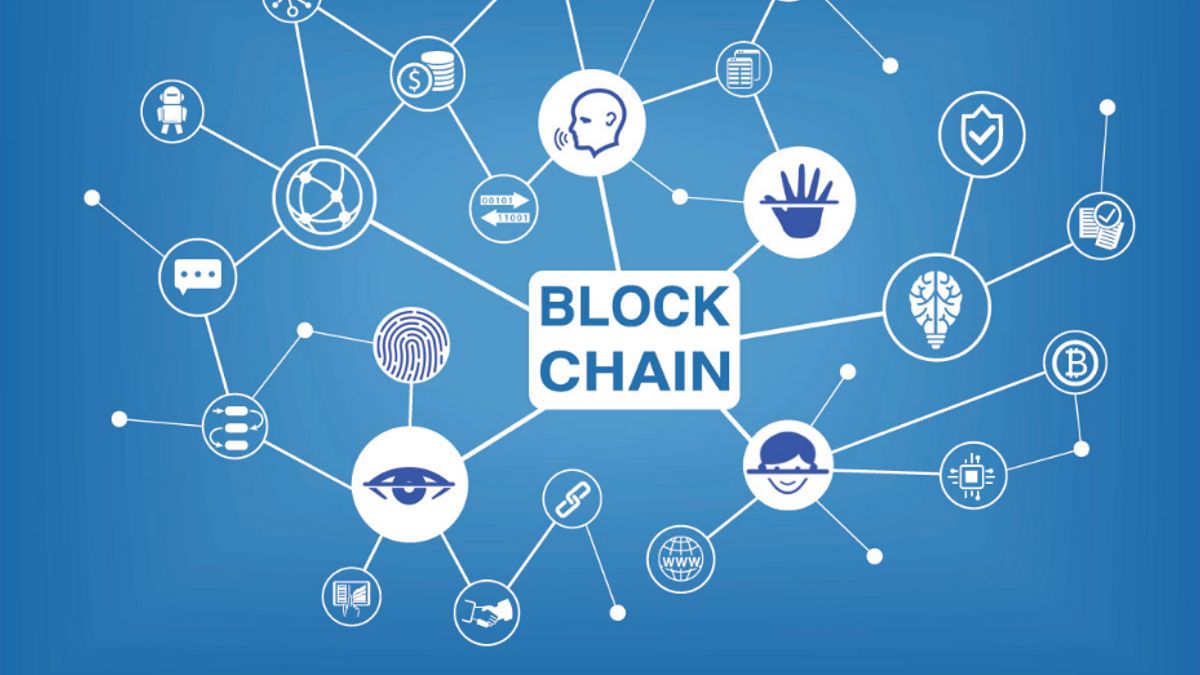JAKARTA – Cryptocurrencies have filled the news headlines of many major media lately. Crypto is predicted to be the successor to conventional money. A cryptocurrency based on blockchain technology, is like a digital ledger that records all transactions. Bitstamp CEO Julian Sawyer believes that cryptocurrencies will provide benefits for various groups of people.
He said it was the result of technological innovation so that it could go beyond the traditional financial system. Therefore, the digital asset industry will mature and continue to grow even bigger.
Because the technology that underlies cryptocurrencies, Blockchain offers transactions that are faster, more efficient, and more secure than fiat regulated by a central bank. Sawyer describes the role of technology from time to time that is used to complete financial transactions, such as credit cards that have existed since the late 1950s. Then came PayPal in 1998 to Satoshi Nakamoto who revolutionized blockchain in 2008.
“For generations, technology has updated the way we complete financial transactions. Modern credit cards have been around since the 1950s, the first proper sale over the internet was completed in 1994, PayPal was founded in 1998 and went public and sold to eBay in 2002, and Satoshi Nakamoto started the blockchain revolution in 2008. opinion published by Cointelegraph.
“Today, the financial heavyweights are no longer standing on the sidelines. And 55 of the 100 largest banks in the world have some form of exposure to this new technology.”
Sawyer also revealed that regulators and businesses will be able to provide protection in crypto and other markets so that they can attract more users.
“Regulators and businesses want to ensure that investors enjoy certain safeguards in any market—digital or otherwise—to trigger participation,” he wrote.
On the other hand, he also emphasized the importance of the role of regulators to reduce the occurrence of risks, both long term and short term. With regulations, the market can play according to the rules.
“Without regulation, market participants can be exposed to both long-term and short-term risks.”
The CEO of crypto exchange Bitstamp also mentioned that it is not the regulators and governments that will determine the future of crypto. Sawyer explained that investors and the general public will play an important role in “the future use of digital assets.”
Julian Sawyer also believes that cryptocurrency will attract more users because it can serve to solve complex problems. Sawyer mentions a number of cryptocurrencies such as Tether (USDT), Basic Attention Token (BAT), and Audius (AUDIO).
The USDT value itself is tied to the US dollar so that it can be used to pay salaries. USDT is a stablecoin whose price does not fluctuate “so it can avoid Bitcoin volatility.”
Then there is Brave's Basic Attention Token (BAT) which can pay Brave browser users in the form of BAT tokens just by watching advertising content. Not only that, Brave browser users can also give tips to a number of websites that have been verified with BAT.
Meanwhile, the Audius token (AUDIO) can play a role in the future of the music industry by providing musicians and fans with security, access to exclusive features and community-owned governance.
In addition, Sawyer also mentioned that many people have a wrong understanding of blockchain which is claimed to take over the world and even replace fiat to banks.
“Blockchain is about solving problems, not taking over the world, replacing fiat or banks, a common misconception among the general public.” he wrote.
According to Sawyer, in the future the market will be more mature and consumers will get protection. He considered that blockchain could provide benefits for various groups such as investors, crypto exchanges, government officials, regulators, and so on. Blockchain delivers “transparency, predictability and honest communication.”
As the market matures, they can figure out “which digital assets have actual value and which are used as manipulative tools to make the rich richer.”
“We have been there from the start and we have seen the ups and downs of the trend. But we've also seen that what lasts at the end of the day is always the brilliant ideas that solve the problems that arise in our time,” said Sawyer.
“Yes, change is here. A mature digital asset industry has begun to emerge over the last few years, bringing increasingly sophisticated language synergies and inviting a wider audience to our table.”
He assessed that the large number of people who are interested in digital assets proves that digital assets are trusted so that it can lead to "the adoption of blockchain technology in uncovering problems" that are happening today.
The English, Chinese, Japanese, Arabic, and French versions are automatically generated by the AI. So there may still be inaccuracies in translating, please always see Indonesian as our main language. (system supported by DigitalSiber.id)













